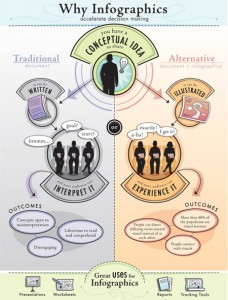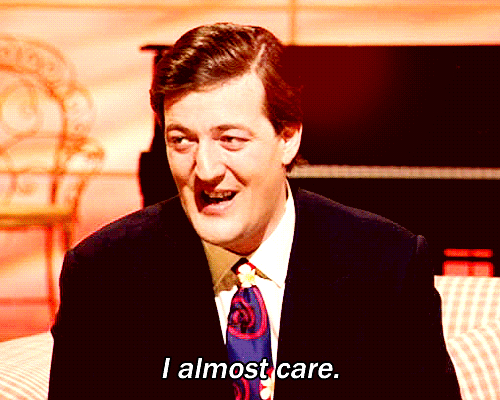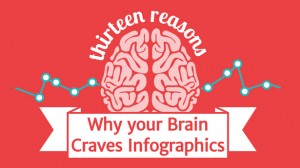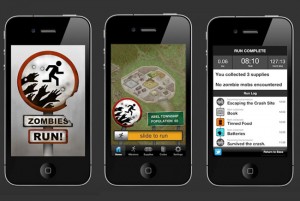I’ve mentioned a couple of his videos before, but last week, my favorite YouTube channel—PBS Idea Channel (and the host, Mike)—released an episode titled “How Much Can Data Improve Your Health?”
In the video, Mike talks about the Quantified Self: “that data about or from your body, usually gathered by gadgets, will lay bare and inspire you to improve your body-temple-wonderland.” He mentions that as time passes, gadgets not only get smaller, but also closer to—and possibly inside—the body. With the data we get, we can crunch the data and learn interesting things about ourselves. According to Mike, this is what Whitney Erin Boesel uses to differentiate the ideas of “quantified self” in lower case—having and knowing the data–and “Quantified Self” with title case—knowing and using the data. “Practitioners of the latter don’t just self track. They interrogate the experiences, methods, and meaning of their self tracking practices…”
One interesting thing to think about: what IS the population doing with their data? First, I can talk about this from a personal standpoint. I have two main devices that put me within the Quantified Self spectrum: I have a Nike+ fuel band that tracks motion and a sleep cycle app on my phone that tracks my sleep (side note, I’m experimenting a bit with different apps in the latter to see what kind of information I can get). If we wanted to put me on a continuum for quantified self, I would be unequivocally within the movement (knowledge the movement itself assumed to be a non-issue), but nearer to the “quantified self” end than to the “Quantified Self” pole.
That’s because, while I have this information, I’m not actually using it to do anything. I’m actually content with just the knowledge. Maybe I’d realize that I need to walk a little more tomorrow, or sleep earlier, but I’m still not doing much with all this data I have. Now, I realize that my team’s project has moved away from self tracking per se, but I still feel that this is interesting to talk about for patients and for what we know about patients tracking their data. Being part of the Quantified Self movement takes a LOT of energy (and the motivation accompanying it). I—and Mike as well—have a sense that people who track healthcare information tend to be part of the quantified self movement because of the effort required to be in the other camp. This isn’t a new idea; I’ve talked about it before. Having people put in effort is hard, it is a barrier to access and for patients, and it is a steep hill on the way to becoming more engaged in healthcare. It should be interesting to do a bit more research and learn if self-tracking itself leads to better outcomes, or if the engagement of the self-tracking has that effect.
Another related issue Mike mentioned was about data, “The objectivity of the information upon which they crunch is only just a shade of such….the transition from data to information is not a net 0 process.” He goes on to mention that the data doesn’t necessarily represent reality: “…the existence of a datum has been independent of consideration of any corresponding ontological truth.” This is more of an issue for our group, but it is one we have already considered and are working on a solution. Essentially, patients can give information, but we have no way of verifying its veracity until they are seen by an actual person (and even then, subjective, qualitative experiences like pain still elude external scrutiny), nor can we be sure that correct data represents that which we want to represent. For example, if a patient used our app that we proposed and with it mentioned that they are feeling pain and there is some discoloration of the knee, the patient’s relevant healthcare professionals—a doctor and/or nurses—would be told that there is some potentially severe problem like an infection. Yet the data could show the same symbols if the patient, say, got a tan and bumped it a few minutes prior.
He concludes by noting that the mass produced consumer products that we buy to track health data are often not to emphasize effectiveness in using the consumer’s own data, but rather to compare and compete with other people or with some “fitness ideal” that holds a standard towards which one should be working, because body competition is the focus of a lot of things in our world. Yet, they both allow us to learn more about ourselves, and thus act more effectively in the world.











